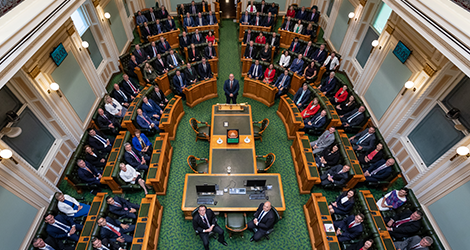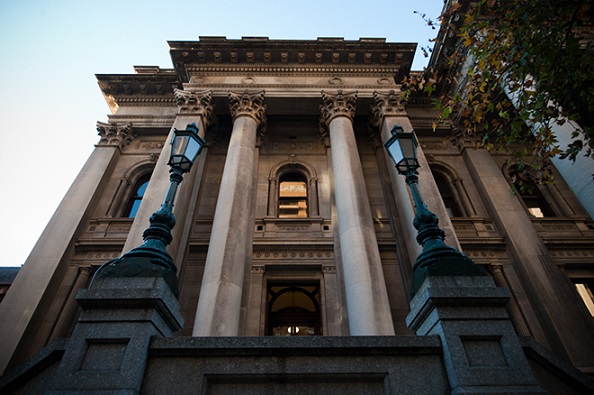Late last night, Virgin Australia flight VA 148 set out from Queenstown in New Zealand bound for Melbourne. Not long after takeoff, the right engine of the Boeing 737-800 jet started , followed by flames.
Author
Doug Drury
Professor/Head of Aviation, CQUniversity Australia
The pilot flew on with the remaining engine, bringing the plane’s 73 passengers and crew to a safe emergency landing at nearby Invercargill airport.
Virgin Australia says the dramatic turn of events was caused by a “possible bird strike”. Queenstown Airport the likelihood of bird strike, saying “no birds were detected on the airfield at that time”.
While we don’t know exactly what happened, bird strike is a common and real risk for aircraft. It can damage planes, and even lead to deaths.
How common are bird strikes?
A bird strike is a an aircraft and a bird. (Though the definition is sometimes expanded to include with land animals including deer, rabbits, dogs and alligators.)
The was recorded by Orville Wright in 1905, over a cornfield in Ohio.
Now they happen every day, with some seasonal variability due to the of birds.
Perhaps the most famous migratory bird strike occurred in 2009, when encountered a flock of migrating Canadian geese shortly after taking off from LaGuardia Airport in New York. Both of the plane’s engines failed, and captain Sully Sullenberger was forced to pilot it to an unpowered landing in the Hudson River.
Between 2008 and 2017, the Australian Transport Safety Board recorded . In America, the Federal Aviation Administration reported in 2022 alone.
Where do bird strikes happen, and what are the effects?
According to the , 90% of bird strikes happen near airports. In general, this is while aircraft are taking off or landing, or flying at lower altitudes where most bird activity occurs.
The effect of bird strike depends on many factors including the type of aircraft. Outcomes may include shutting down an engine, as may have happened with the Virgin Australia flight. This plane was a Boeing 737-800, which has the capability to fly on a single engine to an alternate airport.
In smaller aircraft, particularly single-engine aircraft, bird strikes can be fatal. Since 1988, have been reported globally, and 250 aircraft destroyed.
How do manufacturers and pilots defend against bird strike?
Most occur early in the morning or a sunset when birds are most active. Pilots are trained to be vigilant during these times.
Radar can be used to . However, this technology is ground-based and not available worldwide so it can’t be used everywhere.
The two largest manufacturers of passenger jets, Boeing and Airbus, use . These use a series of fan blades to compress air before adding fuel and flame to get the thrust needed to take off.
Bird strike in one of these engines can cause severe damage to the fan blades, causing the engine to fail. Engine manufacturers test the safety of these engines by firing at them while the engine is operating at full thrust.
The Australian Government’s Civil Aviation Safety Authority outlines what airports should do to keep birds and animals away from the vicinity of the airport. One technique is to use small gas explosions to mimic the sound of a shotgun to deter birds from loitering near the runway. In areas with high bird populations, airports may also use certain grasses and plants that do not attract the birds.
![]()
Doug Drury does not work for, consult, own shares in or receive funding from any company or organisation that would benefit from this article, and has disclosed no relevant affiliations beyond their academic appointment.







